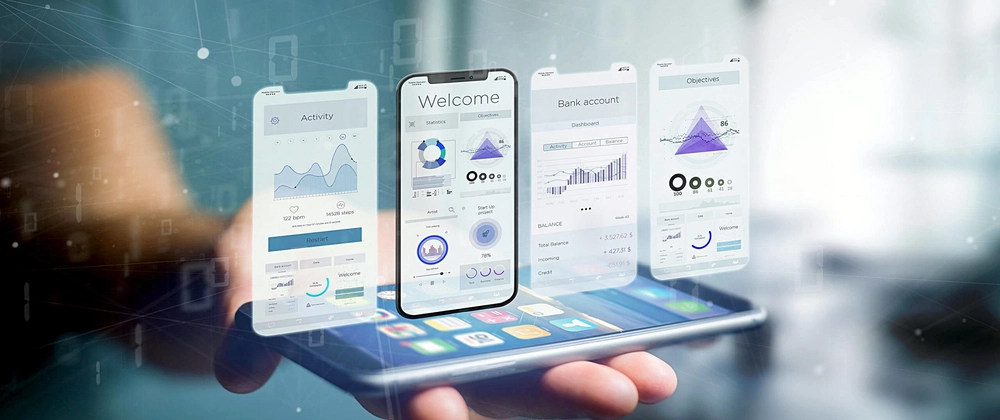When I started working as a frontend developer five years ago, all I needed to worry about was building a “clean” interface. If the buttons worked, the forms validated, and the app didn’t crash on mobile, we were good to go. Fast-forward to today — and things couldn’t be more different.
This is a short confession from someone who's seen UI/UX expectations evolve in real time, and how it’s shaped my approach to development.
1. From “Functional” to “Delightful”
In 2019, “usable” was enough. You’d ship a working login screen and move on. Now? That same screen needs to be lightning fast, dark-mode friendly, animated, mobile-adaptive, and preferably with microinteractions that make users feel something.
Modern users expect emotion in UI. That wasn’t in the job description back then.
2. Design Systems Became Mandatory
Five years ago, every project had its own flavor. You’d reuse components when possible, but nothing was standardized.
Today, if you’re not building with or into a design system — whether it’s Material UI, Tailwind, or a custom Figma-powered library — you're falling behind. Consistency isn’t a bonus anymore, it’s a baseline.
3. Accessibility Is No Longer Optional
I’ll admit: early in my career, accessibility (a11y) was something I often overlooked — not proudly, but honestly. It wasn’t a top priority for many clients. That’s changed dramatically.
Now, building an interface without semantic HTML, ARIA roles, keyboard navigation, or screen reader support feels irresponsible. And rightly so.
4. Performance Became a UI Metric
We used to separate frontend logic from backend optimization. But with the rise of Core Web Vitals, lazy loading, and client-side rendering concerns, performance has become part of the interface discussion.
A beautiful UI that takes 5 seconds to load is now considered a bad UI. Google thinks so. Users agree.
5. User Personalization Rules
Five years ago, personalization meant “Hi, [Name]!” in the header. Now it means theme toggles, localization, saved preferences, adaptive layouts based on usage data — all baked into the frontend.
Users expect apps to learn from them. Static interfaces are dead.
6. The Rise of Motion and Animation
Remember when adding a loader spinner was enough? Those days are gone. Subtle transitions, feedback animations, and scroll-based interactions are the new standard.
If your app doesn’t move — it feels stuck in the past.
7. Dark Mode or No Mode
The dark mode trend has evolved from “nice to have” to a requirement for modern apps. And implementing it is no longer just about CSS variables — it's about full theme architecture.
As a frontend dev today, you better be able to switch themes without flickering, bugs, or re-renders.
Final Thoughts
Looking back, the biggest change isn’t in tools or trends — it’s in mindset. We used to think of interfaces as static deliverables. Now we treat them as dynamic experiences.
And as expectations continue to grow, so must we — the builders behind the screen.
The frontend has never been more exciting (or more demanding). But if you’re like me — you wouldn’t want it any other way.
💬 What’s the biggest change you’ve noticed in frontend over the years?



Top comments (1)
This feels like a welcome change. For a developer, it's easier to get started building something without thinking or stressing too much about design-related decisions. As a user, it's easier to navigate new interfaces when the interfaces are built using design systems that feel familiar.